What is Domestic Violence?
Domestic violence is defined as a pattern of abusive behavior in any relationship that is used by one partner to gain or maintain power and control over another intimate partner.
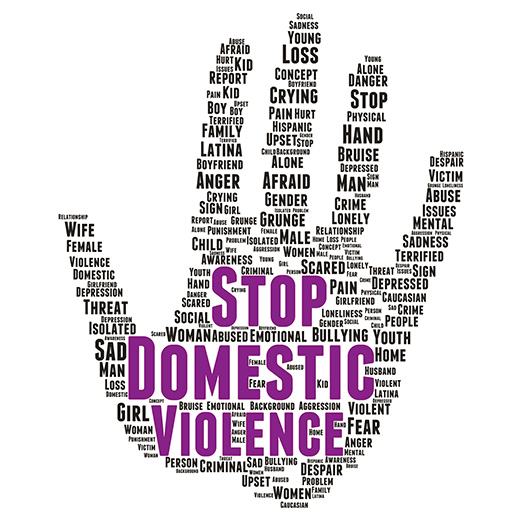
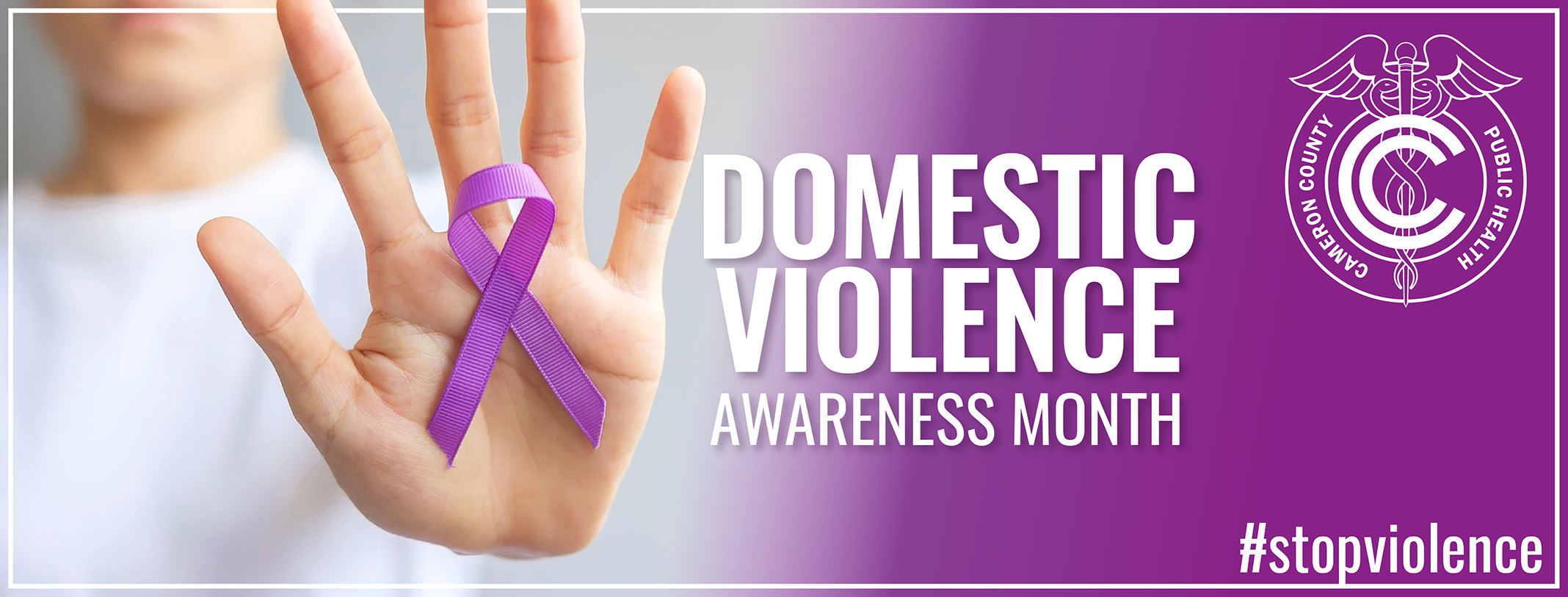
Domestic violence is defined as a pattern of abusive behavior in any relationship that is used by one partner to gain or maintain power and control over another intimate partner.

A combination of individual, relationship, community, and societal factors contribute to violence in households.
Cameron County Public Health is actively raising awareness in our community to decrease and prevent Domestic Violence in Cameron County households.
If you would like to be a part of this initiative, follow our social media platforms for more updates on how to raise awareness against Domestic Violence.
Determining if someone is abused in their households can be difficult unless you see it first-hand. However, many signs can indicate if the person is going through abuse, and we have to be aware of these signs in order to help the individual.
Signs include:
*If you, or someone you know is experiencing these signs, please seek emergency help immediately by dialing 911 or you can speak with a professional by dialing 800-799-7233 or Text START to 88788.
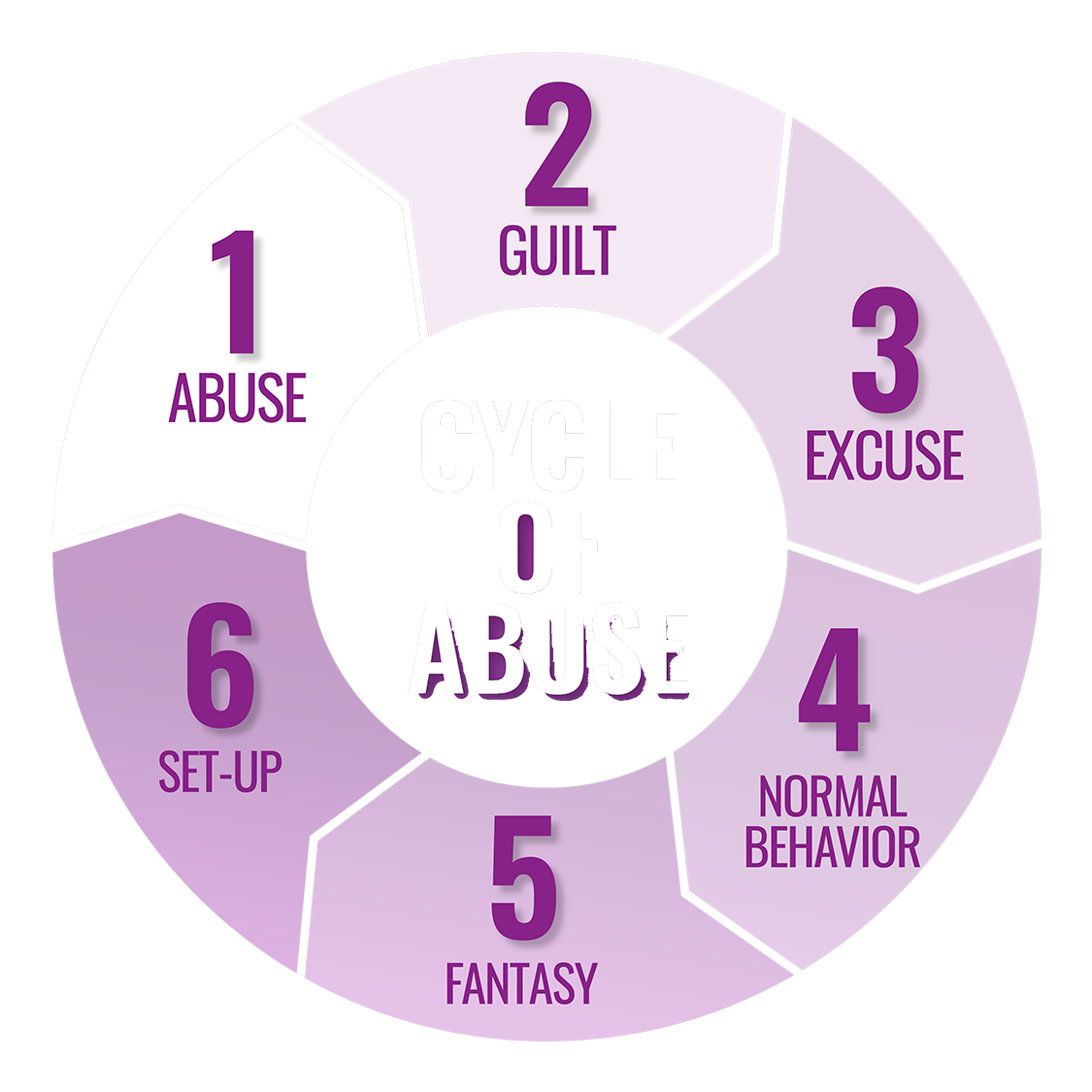
The Cycle of Abuse, sometimes referred as the Cycle of Violence, is defined as the predictable phases that occur in abusive relationships.
It is characterized when a person uses abusive threats and behaviors to control their partner. This unhealthy environment might occur during an intimate relationship between two youth or adults, regardless of their age, and it’s also linked to dating violence.
The cycle is composed of 6 main phases:
Children exposed to domestic violence can be victims of physical abuse and have serious risk for long-term physical and mental health problems. They often struggle to trust people, worry, side with abuser to be safe, yet put themselves at risk, struggle to focus at school, develop cognitive disorders, and experiment with alcohol, drugs and other toxic substances later on in life.
These children are at a greater risk to repeat the cycle as adults either by entering into an abusive relationship or becoming abusers themselves. Children should learn that abuse is not good, and a safe environment is a priority. Children can sense tension and fear, and it is very important to listen to them by letting them know that is not their fault.
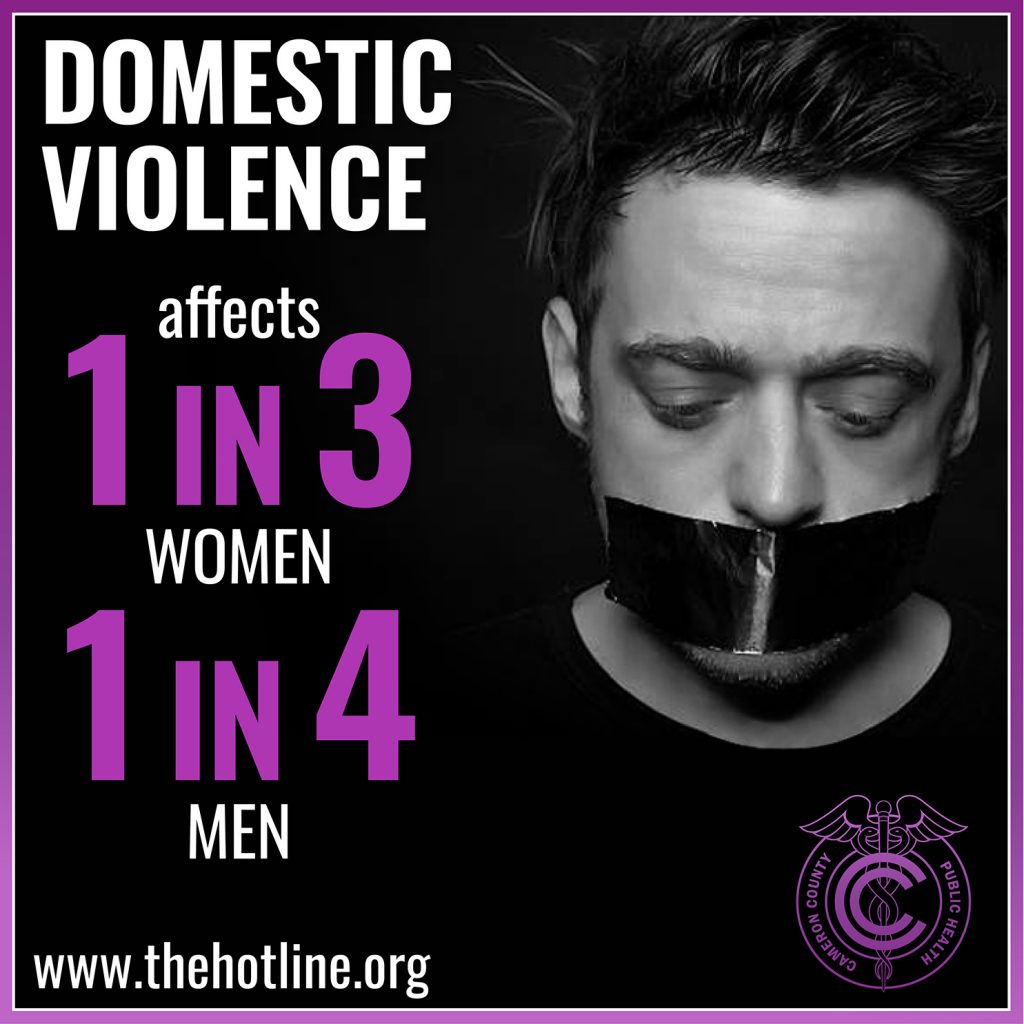
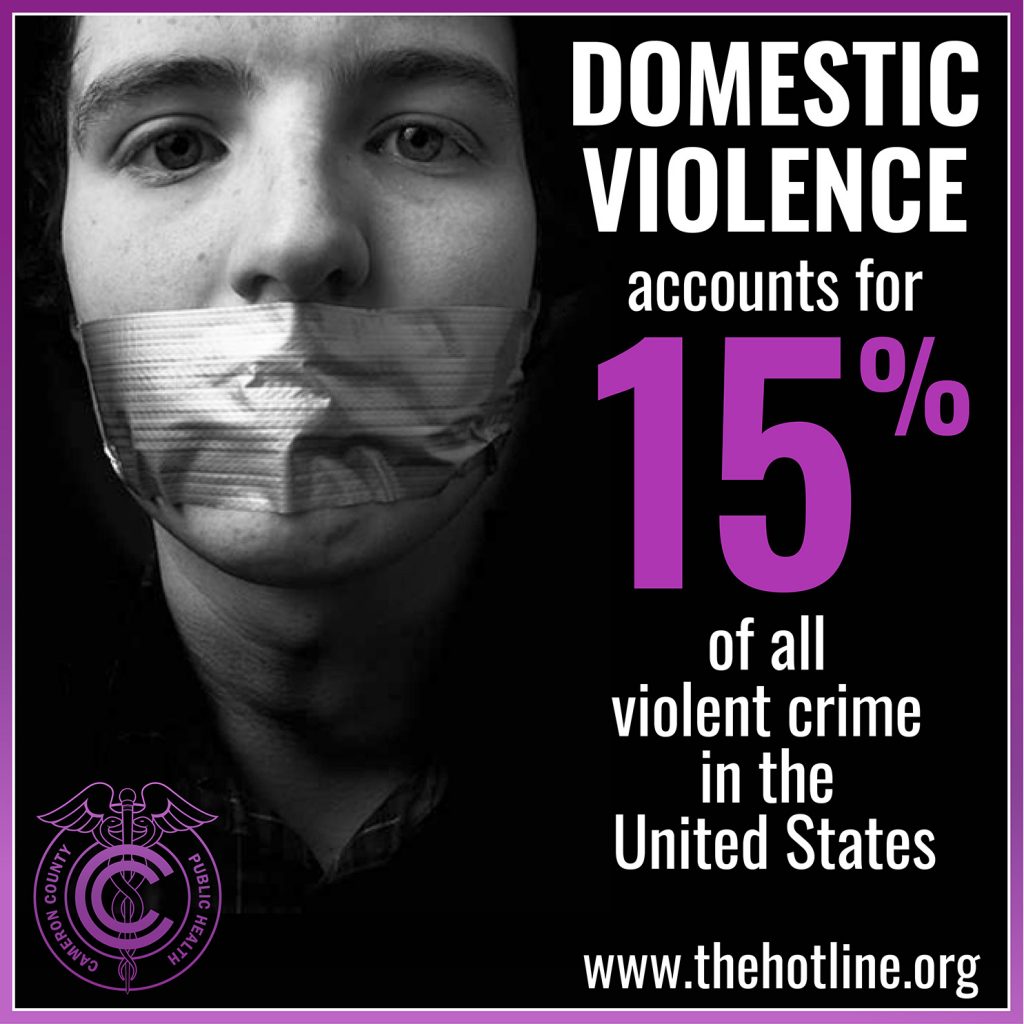
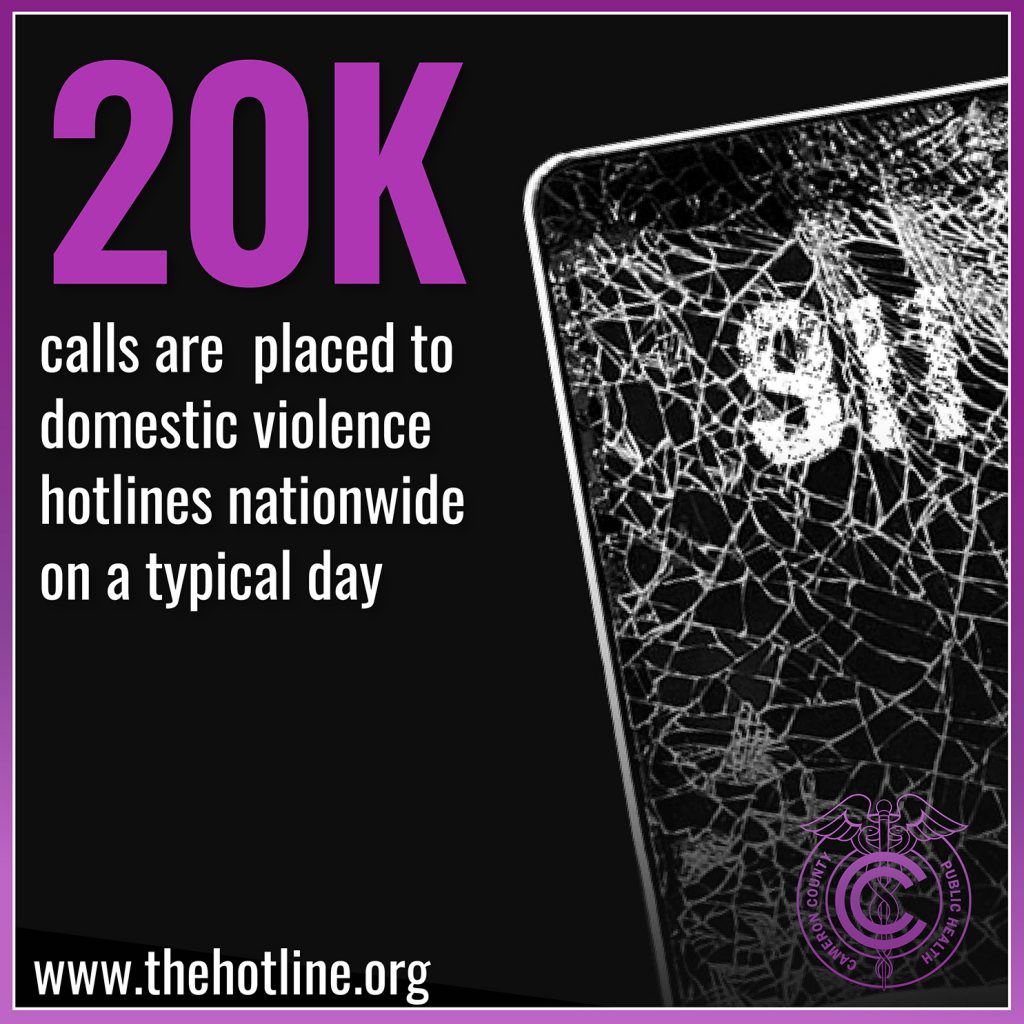
https://www.cdc.gov/violenceprevention/youthviolence/riskprotectivefactors.html
https://www.tcsheriff.org/files/services/victim-services/volunteers/DOSOMETHING_Infographic.pdf
https://www.merriam-webster.com/dictionary/violence
https://www.britannica.com/topic/violence
https://www.who.int/groups/violence-prevention-alliance/approach
https://www.mentalhealth.gov/basics/mental-health-myths-facts
https://www.apa.org/monitor/2021/04/ce-mental-illness
https://www.verywellhealth.com/cycle-of-abuse-5210940
https://www.healthline.com/health/relationships/cycle-of-abuse#the-cycle
Huecker MR, King KC, Jordan GA, et al. Domestic Violence. [Updated 2022 Jul 1]. In: StatPearls [Internet]. Treasure Island (FL): StatPearls Publishing; 2022 Jan-. Available from: https://www.ncbi.nlm.nih.gov/books/NBK499891/
Joe. G. Rivera & Aurora de la Garza | Cameron County Annex Building
1390 W. Expressway 83
San Benito, Texas 78586
956 247-3685
If you or someone you know is feeling unsafe or in danger, please call 911 immediately.
Call 911